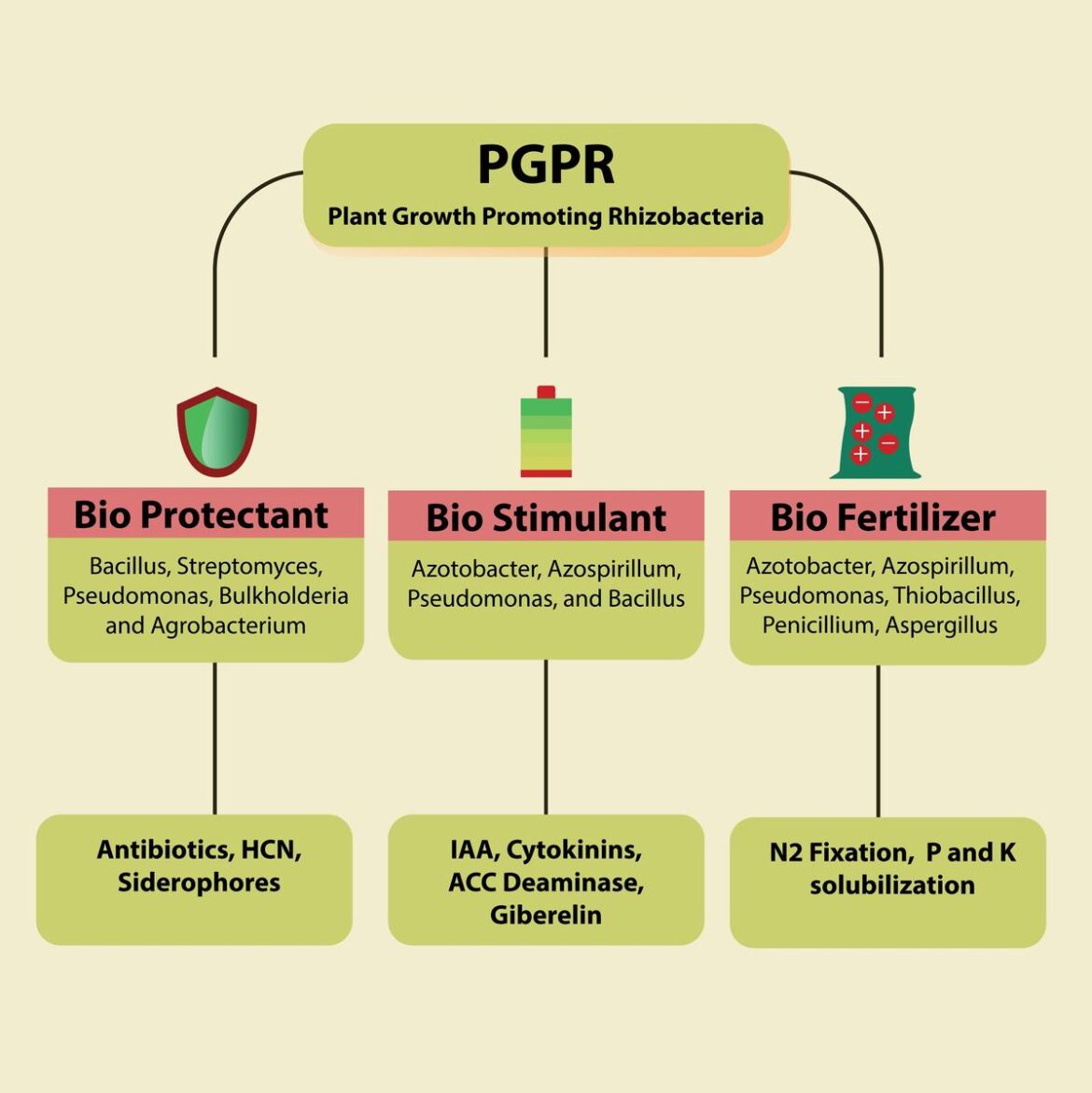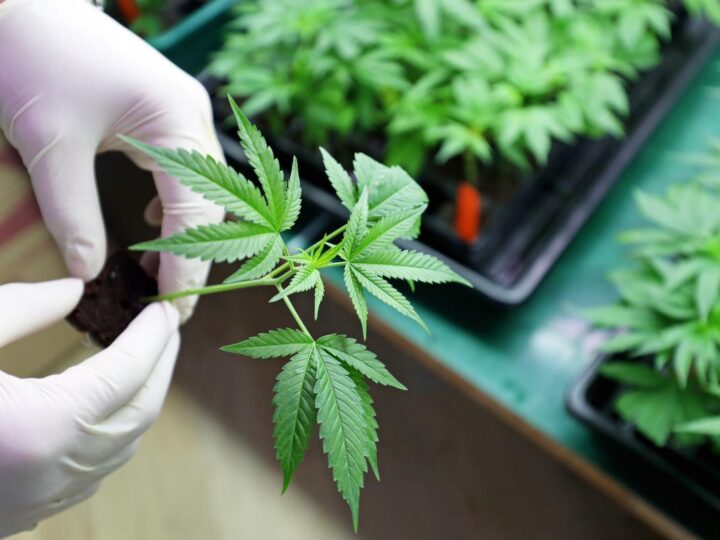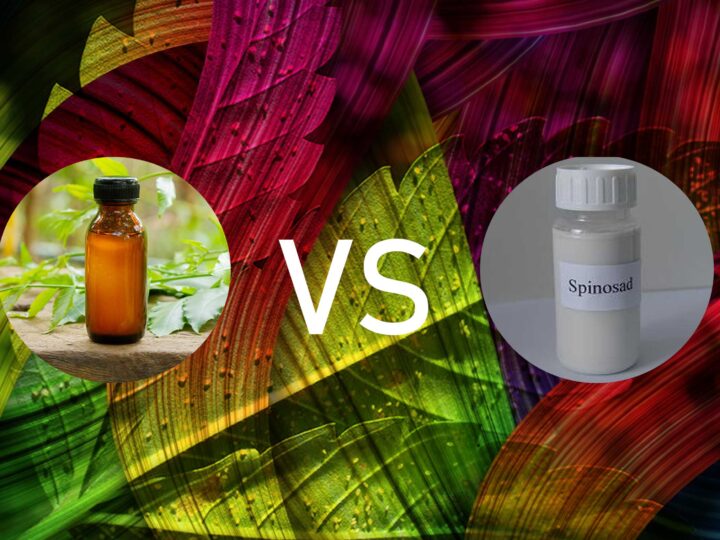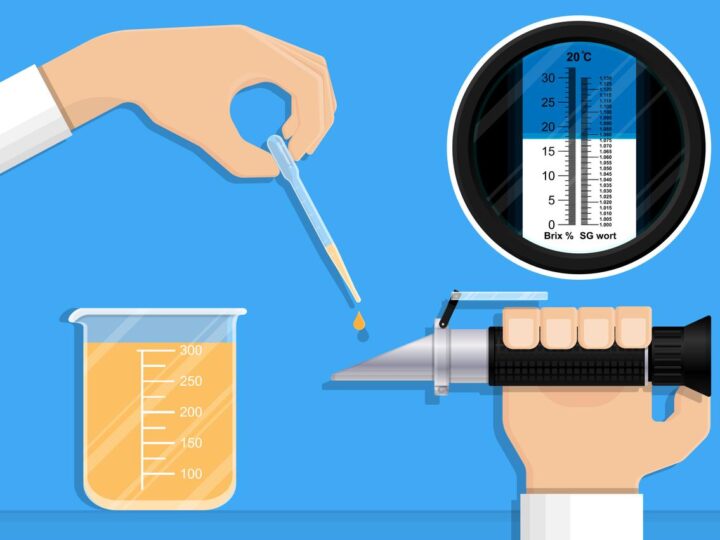
The Benefits of Microbes in a Hydroponic Grow
In the fascinating world of hydroponics, plant roots are suspended in nutrient-rich water, creating a direct delivery system for essential minerals and elements. Over time, many growers have realized that the role of beneficial microbes in hydroponic systems can be just as vital as the nutrients themselves. Here’s an exploration of the crucial benefits these microorganisms provide in a hydroponic setting.
1. Enhanced Nutrient Uptake
Beneficial microbes, particularly certain types of bacteria and fungi, have a symbiotic relationship with plant roots. They colonize the root zone, breaking down organic matter into simpler compounds. In turn, plants absorb these compounds more easily. This process can significantly improve the efficiency of nutrient uptake, ensuring that plants get more of what they need to thrive.
2. Root Health and Development
Microbes play a protective role. They compete for space and resources with potential pathogens. By colonizing the root zone, beneficial microbes can prevent harmful pathogens from taking hold and causing root diseases like rot. Additionally, some beneficial bacteria produce substances that promote root growth, leading to a more robust and healthy root system.
3. Disease Resistance
Beneficial microbes not only block harmful pathogens by mere competition but also actively ward them off. Some bacteria and fungi produce natural antibiotics that deter root pathogens. Others enhance the plant’s immune system, priming it to respond more effectively to any potential threats.
4. Improved Stress Tolerance
Plants grown in hydroponic systems can sometimes experience stress due to factors like imbalanced nutrient solutions or suboptimal environmental conditions. Beneficial microbes can help plants cope better under these conditions. For example, mycorrhizal fungi, a type of beneficial fungus, aids in water and nutrient absorption, which can be particularly valuable when resources are scarce or conditions are less than ideal.
5. Enhancing the Growth Medium
In some hybrid hydroponic systems that use growth mediums like coco coir or perlite, beneficial microbes can enhance the medium’s structure and nutrient content. They can break down organic residues, turning them into readily available nutrients, and create channels that improve aeration and water distribution.
6. Sustainable and Organic Growth
Many growers are drawn to hydroponics for its sustainability advantages. Incorporating microbes further extends these benefits. Using beneficial microbes can reduce the need for chemical pesticides and fungicides, leading to cleaner, more organic produce.
Conclusion:
While hydroponics is often celebrated for its cleanliness and reduced risk of soil-borne diseases, introducing controlled, beneficial microbial life can supercharge a system’s efficiency and productivity. It’s a testament to nature’s intricate balance, where even in a technologically advanced setup, the smallest of organisms can play a pivotal role in overall growth and health. As hydroponic systems evolve, the importance of understanding and harnessing these microbial allies will only grow, offering new avenues for innovation and optimization in sustainable agriculture.





